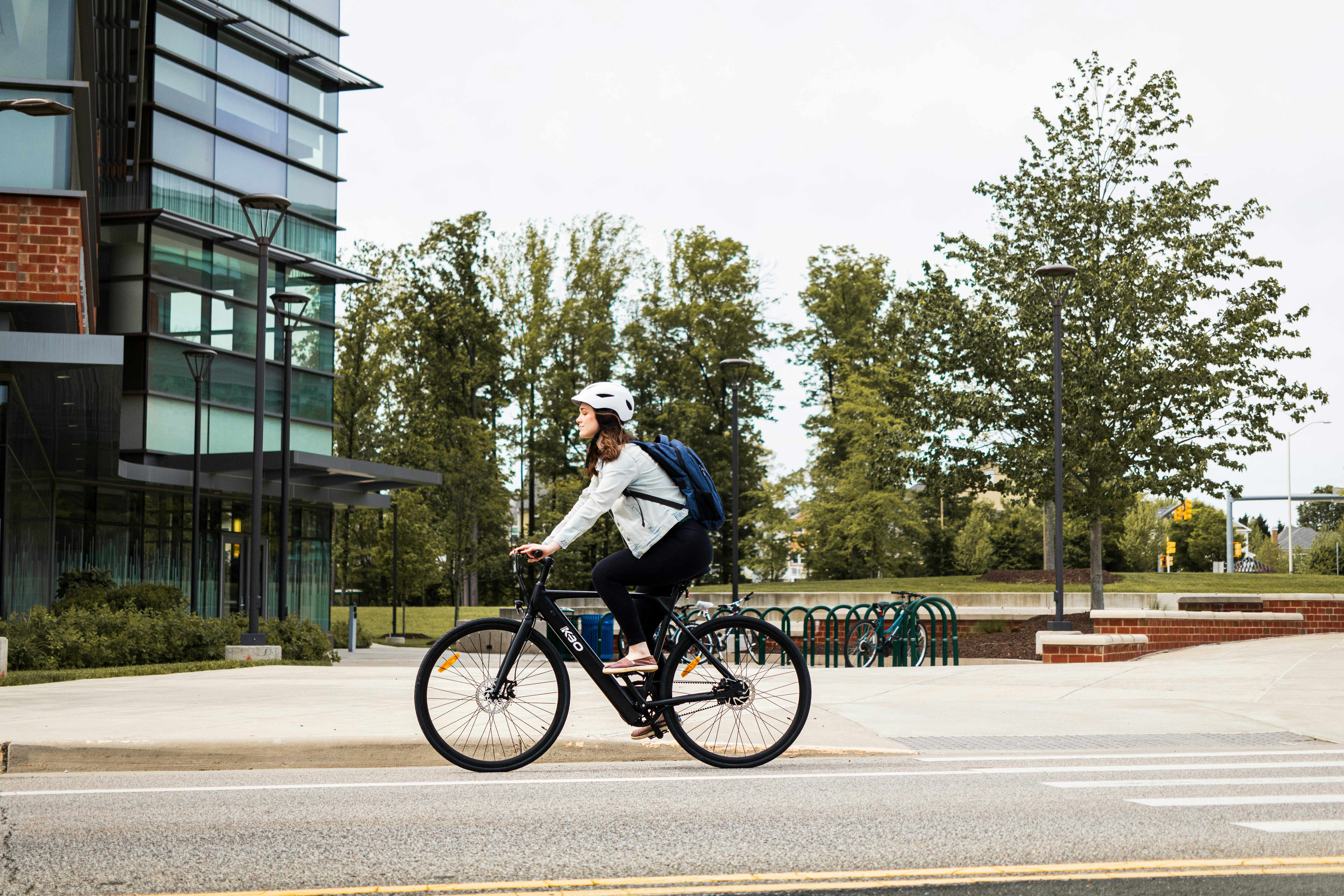E-Bike Technology Insights
Mid-drive motors offer torque-sensing pedaling with 60-90Nm output, ideal for Singapore's hilly terrain. Lithium batteries (36V-52V) provide 500-800 charge cycles. Waterproof ratings (IP65+) ensure operation during monsoon seasons. Smart systems display real-time range predictions based on riding style and elevation.
How Motor Torque Affects Performance on Singapore’s Varied Terrain
Motor torque plays a crucial role in determining how well an e-bike performs across Singapore’s diverse landscape. Measured in Newton-meters (Nm), torque indicates the rotational force an electric motor can generate. For Singapore’s flat urban areas, motors with 40-50 Nm provide adequate power for comfortable riding. However, areas with gentle inclines or bridge crossings benefit from higher torque ratings of 60-80 Nm.
The island’s topography includes flat coastal regions, rolling hills in central areas, and steeper gradients near nature reserves. Riders frequently encountering slopes should prioritize mid-drive motors over hub motors, as they leverage the bike’s gearing system more effectively. Mid-drive systems typically offer better weight distribution and climbing capability, making them suitable for Singapore’s mixed terrain conditions.
Battery capacity also influences how torque translates to real-world performance. Higher torque demands more power, potentially reducing range on challenging routes. Balancing motor specifications with intended usage patterns ensures optimal performance across Singapore’s varied cycling environments.
Understanding LTA Compliance Requirements for E-Bikes
Singapore’s Land Transport Authority (LTA) has established specific regulations governing e-bike usage on public roads and cycling paths. These compliance requirements ensure safety and proper integration with existing transportation infrastructure. E-bikes must not exceed 25 km/h when motor-assisted, with power output limited to 250 watts for pedal-assist systems.
Registration requirements apply to certain e-bike categories. Personal mobility devices (PMDs) and power-assisted bicycles (PABs) have different regulatory frameworks. PABs meeting specific criteria can use cycling lanes and park connectors, while non-compliant devices face restrictions. Understanding these classifications helps riders select appropriate models and avoid regulatory issues.
Safety features mandated by LTA include proper lighting systems, reflective elements, and braking mechanisms. Regular compliance checks ensure continued roadworthiness and legal operation. Riders should verify their e-bike’s certification status and maintain documentation proving regulatory compliance. This includes understanding speed limiters, power output specifications, and any required periodic inspections.
Maximizing Route Efficiency for Daily Commuting
Route optimization significantly impacts e-bike commuting efficiency in Singapore’s urban environment. Effective planning considers factors like traffic patterns, cycling infrastructure availability, weather conditions, and charging station locations. Singapore’s comprehensive cycling network includes park connectors, dedicated bike lanes, and shared paths that often provide more direct routes than traditional roads.
Digital mapping tools and cycling apps help identify optimal paths while accounting for elevation changes, surface conditions, and potential obstacles. Many applications integrate real-time traffic data and weather information, enabling dynamic route adjustments. Battery range calculations should factor in terrain difficulty, rider weight, assist level usage, and environmental conditions like headwinds or high temperatures.
Strategic use of motor assistance extends overall range and reduces physical fatigue. Riders can optimize battery consumption by using higher assist levels on inclines while relying more on pedal power on flat sections. Understanding regenerative braking capabilities and planning charging stops during longer journeys ensures reliable transportation without range anxiety.
| E-Bike Model | Provider | Motor Torque (Nm) | LTA Compliance | Price Range (SGD) |
|---|---|---|---|---|
| Urban Commuter 250W | Local Bike Shop | 50 | PAB Certified | 1,200 - 1,800 |
| Hill Climber Mid-Drive | Specialized Retailer | 75 | PAB Certified | 2,500 - 3,500 |
| Compact Folding E-Bike | Online Marketplace | 40 | PAB Certified | 800 - 1,500 |
| Premium Commuter | Authorized Dealer | 65 | PAB Certified | 3,000 - 4,500 |
Prices, rates, or cost estimates mentioned in this article are based on the latest available information but may change over time. Independent research is advised before making financial decisions.
Battery Technology and Range Considerations
Modern e-bike batteries utilize lithium-ion technology, offering improved energy density and longevity compared to older systems. Battery capacity, measured in watt-hours (Wh), directly influences potential range. Singapore’s tropical climate affects battery performance, with high temperatures potentially reducing efficiency and lifespan.
Charging infrastructure continues expanding across Singapore, with many workplaces, shopping centers, and public facilities offering charging points. Smart battery management systems monitor cell health, prevent overcharging, and optimize charging cycles. Some advanced systems include theft protection features and smartphone connectivity for remote monitoring.
Understanding charging times, replacement costs, and maintenance requirements helps riders plan effectively. Most quality batteries provide 500-1000 charge cycles before significant capacity degradation. Proper storage, avoiding extreme temperatures, and following manufacturer guidelines maximize battery lifespan and reliability.
Safety Features and Smart Technology Integration
Contemporary e-bikes incorporate advanced safety technologies including integrated lighting systems, anti-lock braking, and stability control features. Smart connectivity enables GPS tracking, theft alerts, and ride data analysis through smartphone applications. These features enhance both security and user experience.
Displays typically show speed, battery level, assist mode, and trip information. Some models include navigation integration, allowing turn-by-turn directions without separate devices. Motor cut-off switches ensure immediate power disconnection when braking, while sensors detect pedaling cadence and adjust assistance accordingly.
Maintenance alerts, diagnostic capabilities, and over-the-air updates represent emerging trends in e-bike technology. These features help ensure optimal performance and extend vehicle lifespan through proactive care and timely interventions.
E-bike technology continues evolving rapidly, offering Singapore residents increasingly sophisticated and practical transportation solutions. Understanding motor specifications, regulatory requirements, and optimization strategies enables riders to maximize their e-bike investment while contributing to sustainable urban mobility. As infrastructure develops and technology advances, electric bicycles will likely play an increasingly important role in Singapore’s transportation ecosystem.





